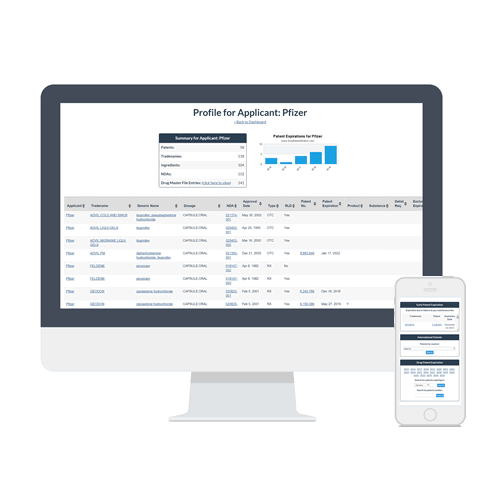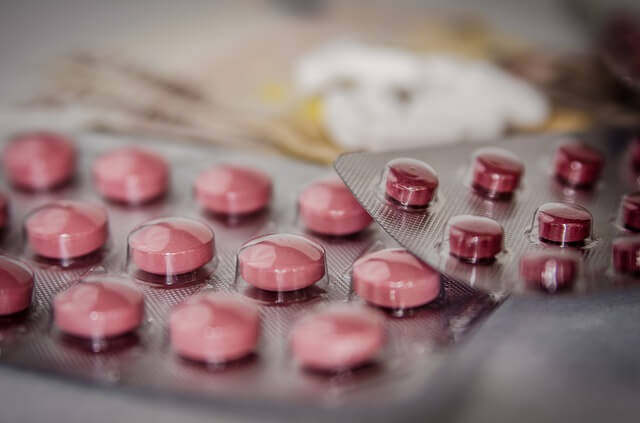Listen to this article |

Switching pharmaceutical excipients, the inactive components used in drug formulations, can have significant implications for both production costs and market appeal. These components, while not contributing directly to the therapeutic effect of a medication, play critical roles in the drug’s delivery, stability, and patient acceptability. The decision to switch excipients can be driven by various factors, including cost reduction, supply chain simplification, or to address patient sensitivities. However, such changes are not without challenges and potential impacts on the final product.
Table of Contents
Impact on Production Cost
Switching to a different excipient can lead to a reduction in production costs if the alternative is cheaper or more readily available. For instance, the use of generic drugs, which often involve excipient switching, is a common cost-containment measure that can significantly lower healthcare expenses. Generic drugs can be 80%-85% cheaper than their branded counterparts, primarily due to the reduced costs associated with their development and the use of different excipients[1]. However, the process of switching excipients is not trivial and involves careful consideration of the new excipient’s compatibility with the active pharmaceutical ingredient (API) and the overall formulation. Regulatory approval processes for new excipients or significant changes to existing formulations can also incur costs, potentially offsetting some of the savings[4].
Moreover, the selection and sourcing of excipients can affect the differentiation among generics and their profitability. As the pharmaceutical excipients market grows, partly due to key patent expirations, the careful selection of excipients becomes an important factor in maintaining competitive advantage and profitability[5].
Impact on Market Appeal
The market appeal of a pharmaceutical product can be influenced by several factors related to excipient switching, including patient tolerability, product stability, and bioavailability. Some excipients may cause adverse reactions in sensitive patients, such as allergies to certain dyes or lactose intolerance[1]. Switching to an excipient that reduces the risk of such reactions can enhance the product’s appeal to a broader patient population.
Furthermore, excipients can affect the physical properties of a medication, such as its taste, appearance, and shelf life, which in turn can influence patient compliance and preference[1]. A switch to an excipient that improves these aspects can make a drug more appealing to patients and healthcare providers.
However, it’s important to note that changes in excipients can also lead to variations in drug release profiles and bioavailability, potentially impacting efficacy and safety[3]. Such changes require thorough testing and regulatory review, which can affect the time to market and the overall appeal of the product if not managed effectively.
Conclusion
The decision to switch pharmaceutical excipients involves a complex interplay of factors affecting production costs and market appeal. While there are potential benefits, such as cost savings and improved patient acceptability, there are also significant challenges to consider, including regulatory hurdles and the impact on drug efficacy and safety. Careful evaluation and testing are essential to ensure that any changes to excipients contribute positively to the product’s success in the market[1][3][4][5].
Citations:
[1] https://www.ncbi.nlm.nih.gov/pmc/articles/PMC5417581/
[2] https://www.linkedin.com/pulse/pharmaceutical-excipients-market-industry-trends-segments-wade-1f
[3] https://www.ncbi.nlm.nih.gov/pmc/articles/PMC7960226/
[4] https://pubmed.ncbi.nlm.nih.gov/22833905/
[5] https://www.drugpatentwatch.com/blog/grow-your-excipient-business-by-tracking-drug-patents/
[6] https://www.patentdocs.org/hatch-waxman/
[7] https://www.ncbi.nlm.nih.gov/pmc/articles/PMC6955847/
[8] https://jordilabs.com/knb/case-studies/case-study-pharmaceutical-excipients-by-gpc/?amp=1
[9] https://www.ncbi.nlm.nih.gov/pmc/articles/PMC5859811/
[10] https://www.ftc.gov/system/files/documents/cases/impax-587846.pdf
[11] https://www.sciencedirect.com/science/article/pii/S0920121122000985
[12] https://www.ema.europa.eu/en/documents/scientific-guideline/reflection-paper-pharmaceutical-development-medicines-use-older-population-first-version_en.pdf
[13] https://pubs.acs.org/doi/10.1021/acs.oprd.0c00504
[14] https://www.ivir.nl/publicaties/download/effects-of-supplementary-protection-mechanisms-for-pharmaceutical-products.pdf
[15] https://www.europeanpharmaceuticalreview.com/article/130797/science-and-risk-based-specification-setting-for-excipients/
[16] https://klinegroup.com/heres-why-excipient-prices-have-skyrocketed-around-the-world/
[17] https://www.linkedin.com/pulse/unveiling-dynamics-pharmaceutical-excipients-market-vaibhav-wade-t8gkf?trk=article-ssr-frontend-pulse_more-articles_related-content-card
[18] https://www.sciencedirect.com/science/article/pii/S2095177919307749
[19] https://pubs.acs.org/doi/10.1021/ie2006752
[20] https://www.pharmtech.com/view/additives-and-processing-aids-pharmaceutical-excipients
[21] https://www.chemicalsknowledgehub.com/article/reimagining-pharmaceuticals-with-sustainable-initiatives/
[22] https://journals.sagepub.com/doi/10.1177/1091581811423582?icid=int.sj-abstract.similar-articles.6
[23] https://link.springer.com/article/10.1007/s40521-022-00313-6

